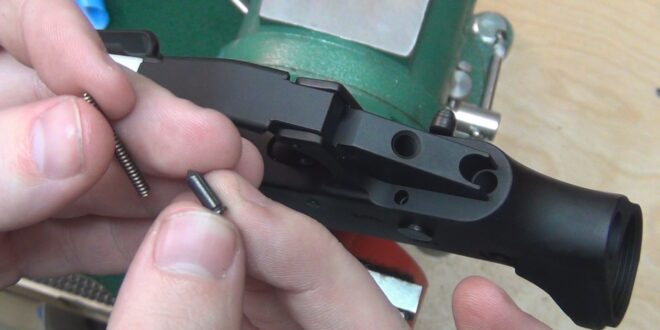If you are new to the world of building your own AR-15 or if you are wanting to do some upgrades yourself, you may be wondering what types of tools you need to have on hand. A quick Google search and you may begin believing that you need an arsenal of tools to begin properly and safely building or upgrading your AR-15. This website has a variety of AR-15 parts, tools, accessories, and even complete rifles available for sale.
Specifically for building the lower receiver, you only need a few tools to get you through assembly. Let us look at what we need to begin your upgrades.
A Workbench
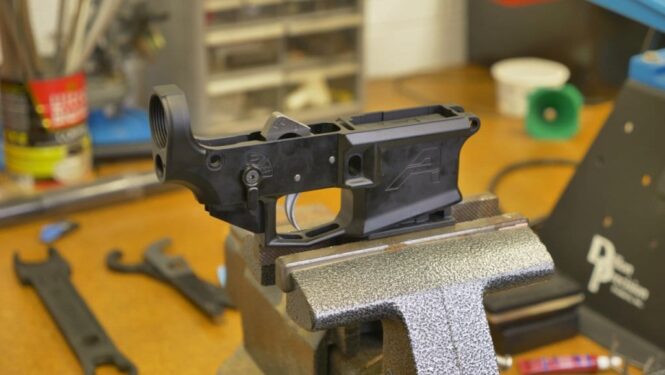
This seems simple enough, even unneeded to mention. However, without a proper place to tend to your creation, you may feel out of sorts and fall behind on your project. There are a lot of small pieces that you will need to keep up with, so having a dedicated space to keep all these pieces will behoove you.
Having sturdy heavy duty workbenches will also help when it is time to use a vise block to put the magazine well of your lower receiver on your AR-15.
Punches
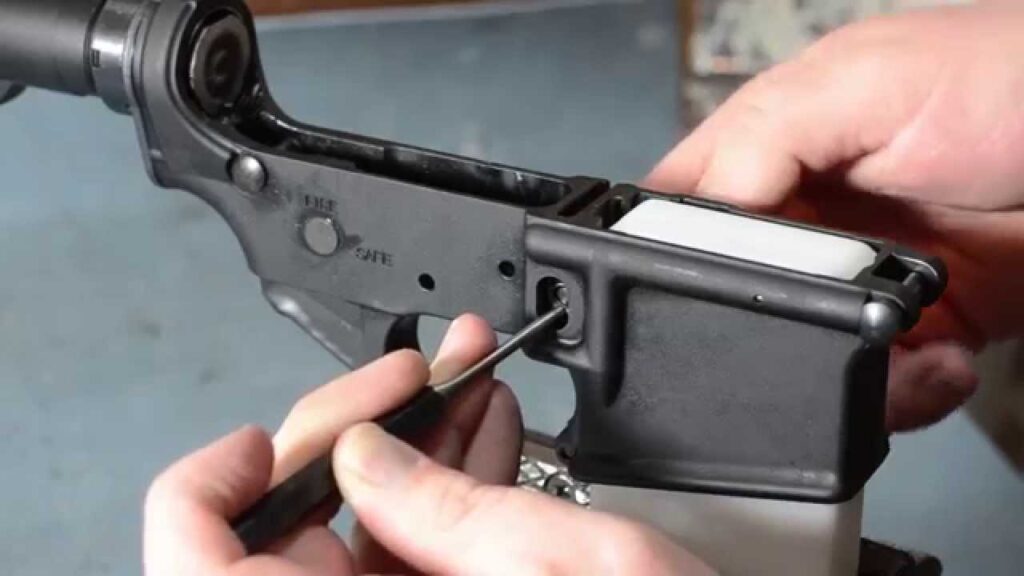
No, these are not the type of punches you hit someone with. They are small tools that will assist you in getting your AR-15 adequate. Punches are tools that help you drive nails and dowels into things.
Punches also help you form holes or indentions into the item you are working with. They will be helpful as you make additions to your AR-15 and create the holes needed to install your lower receiver upgrades. Some people like to have a set of punches and a set of pin holders to help as you begin hammering in the punches.
While the holders are not required by any means, they are helpful and may take some stress from you if you are newer to the world of building and upgrading your AR-15.
There are a couple of other punch tools that can help you but are not required to create a reliable working environment. A bolt catch pin punch is designed to help you drive the bolt punch straight where you need it and not damage the surrounding metal.
It is possible to achieve this without the help of a bolt catch pin punch, but this tool makes it much easier to complete the task with accuracy. It is also helpful to have some type of center punch around to help stake your buffer tube during installation.
Again, neither of these tools are required, they are just extras to assist in the build.
Wrenches and Hammers

Of course, doing a building project is going to involve some use of wrenches and/or hammers! When tightening things like the Castle Nut, you will need a wrench to help you. Torque wrenches can be helpful, but do not feel like you must go spend a lot of money on a fancy torque wrench to get the job done.
A set of hex wrenches will also be beneficial to have around for this project and others in the future if you continue modifying your AR-15 or other weapons.
Keeping diverse types of hammers on hand that are lightweight and will not mar the metal you are working with will be beneficial, too. There will be items that need to be hammered into place but using a standard hammer will cause more harm than good.
A ball peen hammer or a nylon or brass hammer will save your metal from becoming too damaged to work with. You do not want to end up with metal that you can no longer use and have to begin your build all over!
A Multi-tool
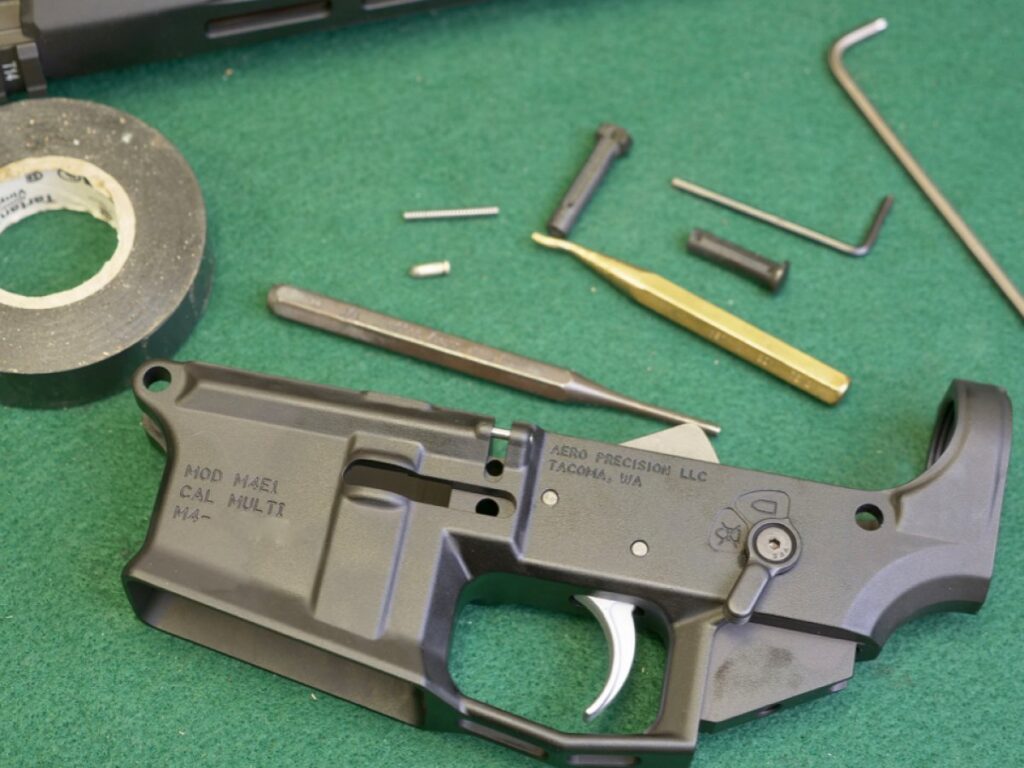
Multi-tools are exactly what they sound like; tools that have multiple uses in varying situations. Having your own will come in handy during all stages of building your AR-15. While installing the lower receiver, a multi-tool will help you hold your detent as you get it installed.
The flat head screwdriver piece of the multi-tool will also help you install the pistol grip screw. If you need a decently priced gift for yourself or someone else, be sure to include this in the list of options since it will help you in so many situations, especially when installing a lower receiver to your AR-15.
Patience
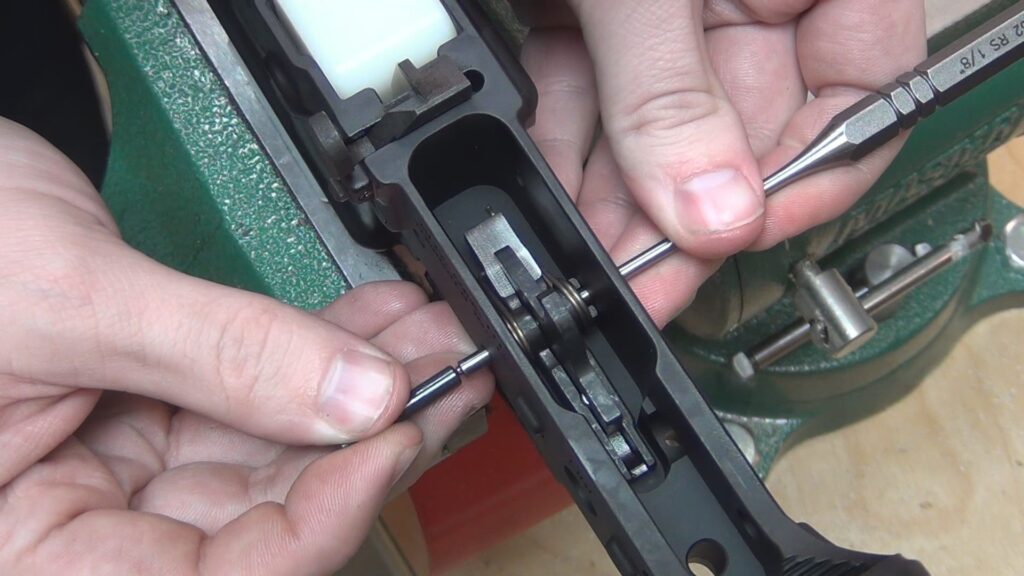
The biggest tool to have with you when fixing up your weapon is patience! It can be challenging to figure out each piece of the process and learn how to successfully upgrade the weapon or to build it from the ground up! Having patience with the process and with yourself will save you a lot of grief.
Accept suggestions from other marksmen. Some suggestions may not fit what you are doing, but they could have some valuable information to keep in the back of your mind in case you run into similar issues or if you begin a new project later.
Accept the tools and knowledge available to you and figure out what works best for you. Patience is a virtue, and it will serve you well as you put your AR-15 together.
No matter if you are upgrading your AR-15 or building it all yourself, there are some tools you will need to help you be successful. Some books and some results on a search engine may lead you to believe that you need more tools and that those tools must be top of the line (AKA, expensive).
This is not the case, however, as you can use many tools for many different tasks. The trick is finding what tools work well for you and your goals. At first, installing a lower receiver may sound daunting.
With practice, however, you will find that it is easier than it looks, and you will feel successful when you make it your own. Customizing your AR-15 to fit you and your needs will pay off in the end when you begin using it.
 Imagup General Magazine 2024
Imagup General Magazine 2024
